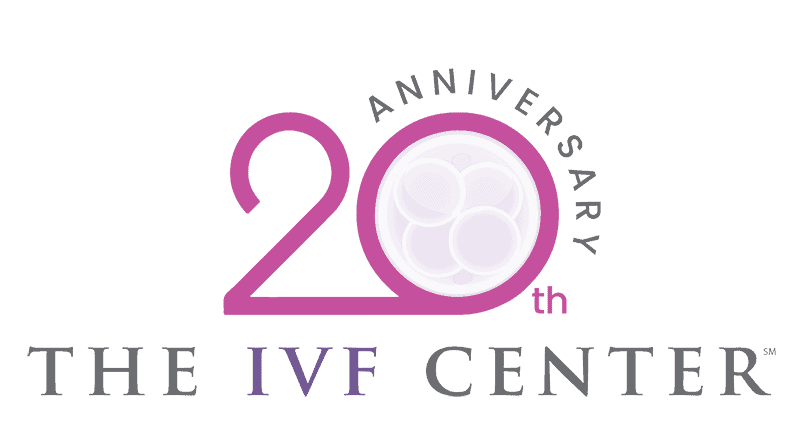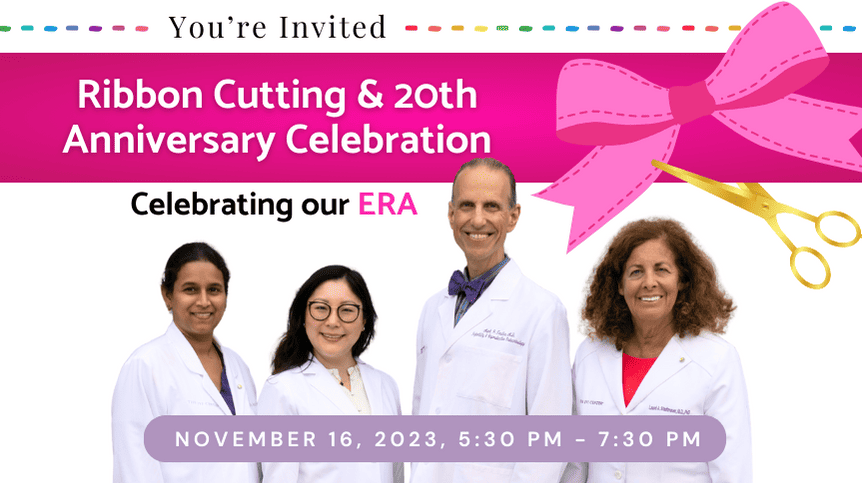Infertility is defined as the inability to conceive following one year of unprotected intercourse in a couple WITHOUT any risk factors. We are all familiar with the adage, “Stop, Look, and Listen” but did you ever think it could assist in having a baby?
 Well, it turns out applying the tools in this simple exercise can shorten your time to conception whether you are just starting to try or are experiencing difficulty.
Well, it turns out applying the tools in this simple exercise can shorten your time to conception whether you are just starting to try or are experiencing difficulty.
Stop
Anyone with a successful business plan takes a minute before starting to perform a SWOT (Strengths, Weaknesses, Opportunities & Threats) Analysis of their plan for growth. Your plan to grow your family should include this same analysis using a variation of the acronym:
- S represents sexually transmitted infections (STI) and applies to both partners. Any history of STI can cause infertility by potentially blocking a woman’s fallopian tubes and a man’s reproductive ducts. STI can be totally silent but still have a negative impact on your fertility. So, if either of you have a history of STI, you may want to have your doctor perform simple tests for reassurance. To check fallopian tubes, the woman can undergo a hysterosalpingogram (HSG), a simple outpatient procedure that involves injecting dye into a woman’s uterus and tubes under X-ray to determine if her tubes are open. The man can provide sperm for an analysis. If one or both of these tests are abnormal, you should consult with your physician to discuss potential treatment to optimize your ability to conceive.
- W stands for weight and, once again, applies to both partners. Extremes of body weight for the woman, easily calculated through body mass index (BMI) have been shown to decrease fertility, commonly through disrupting ovulation, as well as increase pregnancy complications. An elevated BMI in a man can result in reduced sperm production through hormonal changes. So, optimize your BMI before trying to conceive!
- O stands for Ovarian age. Most, if not all, women realize they are born with all the eggs in their lifetime. As they age, women lose egg number and egg quality in their ovaries. When a woman turns 30 years of age, pregnancy rates begin to steadily decline and miscarriages gradually increase. Of note, a man’s fertility declines above age 40. So, if at all possible, the ideal ages to conceive would be less than 30 for the woman and less than 40 for the man. If a woman needs to delay conception attempts, she may elect to freeze her eggs.
- T stands for tobacco but can represent alcohol, recreational drug use, and even excess caffeine. Cigarette smoking accelerates ovarian aging, reduces fertility, increases ectopic pregnancy, and may cause genetic alterations in the eggs and sperm. Woman can actually enter menopause sooner with a long smoking history. Studies suggest a return to baseline fertility following one year of smoking cessation. Additionally, any alcohol or drug use can lower a woman’s fertility. Regarding caffeine, studies demonstrate an increase in miscarriage with more than two cups of coffee or the equivalent caffeine intake daily.
Look
One of the most frustrating but critical topics to understand is simply the appropriate timing of intercourse. There are many misconceptions (no pun) regarding the most optimal time to conceive in a woman’s cycle. Methods used to conceive include checking the stretchability of cervical mucus, basal body temperature charting, using an “app,” and testing urine with an ovulation predictor kit (OPK). Of all available options, looking at urine testing is the most optimal to proactively time relations. An inexpensive OPK accurately detects the pituitary LH hormone surge with anticipated ovulation in 24 to 36 hours.
 False readings may occur in patients with Polycystic Ovarian Syndrome (PCOS). A well known study from the New England Journal of Medicine demonstrated clearly the most ideal approach to conceiving is frequent relations within the six days BEFORE ovulation. In other words, a couple should have intercourse every day to every othe day up until the day following the urine detection of the LH surge. So, contrary to popular belief, the more relations a couple has prior to ovulation, the better the chance for pregnancy!
False readings may occur in patients with Polycystic Ovarian Syndrome (PCOS). A well known study from the New England Journal of Medicine demonstrated clearly the most ideal approach to conceiving is frequent relations within the six days BEFORE ovulation. In other words, a couple should have intercourse every day to every othe day up until the day following the urine detection of the LH surge. So, contrary to popular belief, the more relations a couple has prior to ovulation, the better the chance for pregnancy!
Listen
This section applies to talking about whether you and/or your partner have a medical or reproductive history that could suggest you will have difficulty conceiving. For example:
- A woman with irregular menstrual cycles may have an ovulation disorder or hormonal imbalance;
- Either of the couple having an inability to conceive with a prior partner suggest an undiagnosed infertility problem;
- A woman with prior reproductive surgery for uterine fibroids or endometriosis could result in an abnormal uterus or tubes;
- A man born with an undescended testes can result in a low sperm count even if he has this problem surgically corrected.
These are just a few examples to support discussing and listening to your partner before attempting to conceive.
By no means do the above recommendations provide an “all or none” result to family building. Despite some of the problems mentioned, conceptions may still occur. My purpose is to empower you in order to potentially fast track your time to conceive. Stop, Look, and Listen is your first step to optimize your chances of having a baby by taking charge of your fertility.






